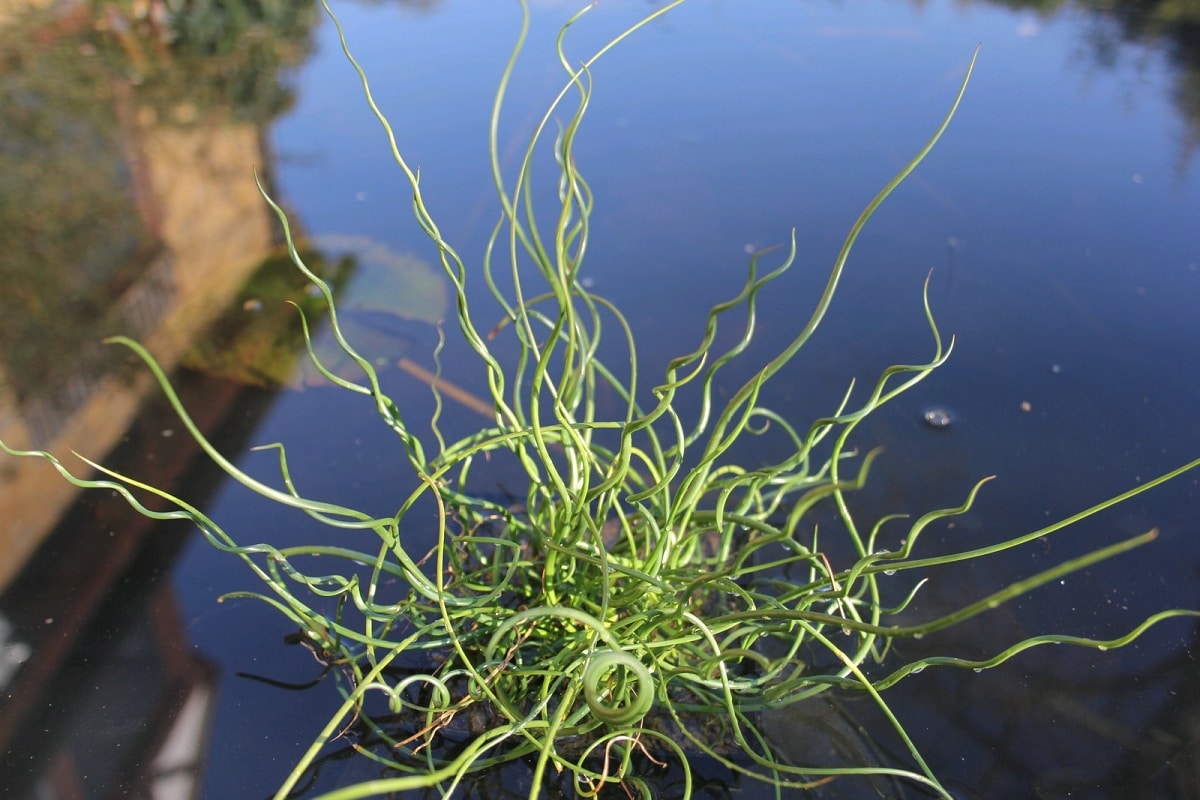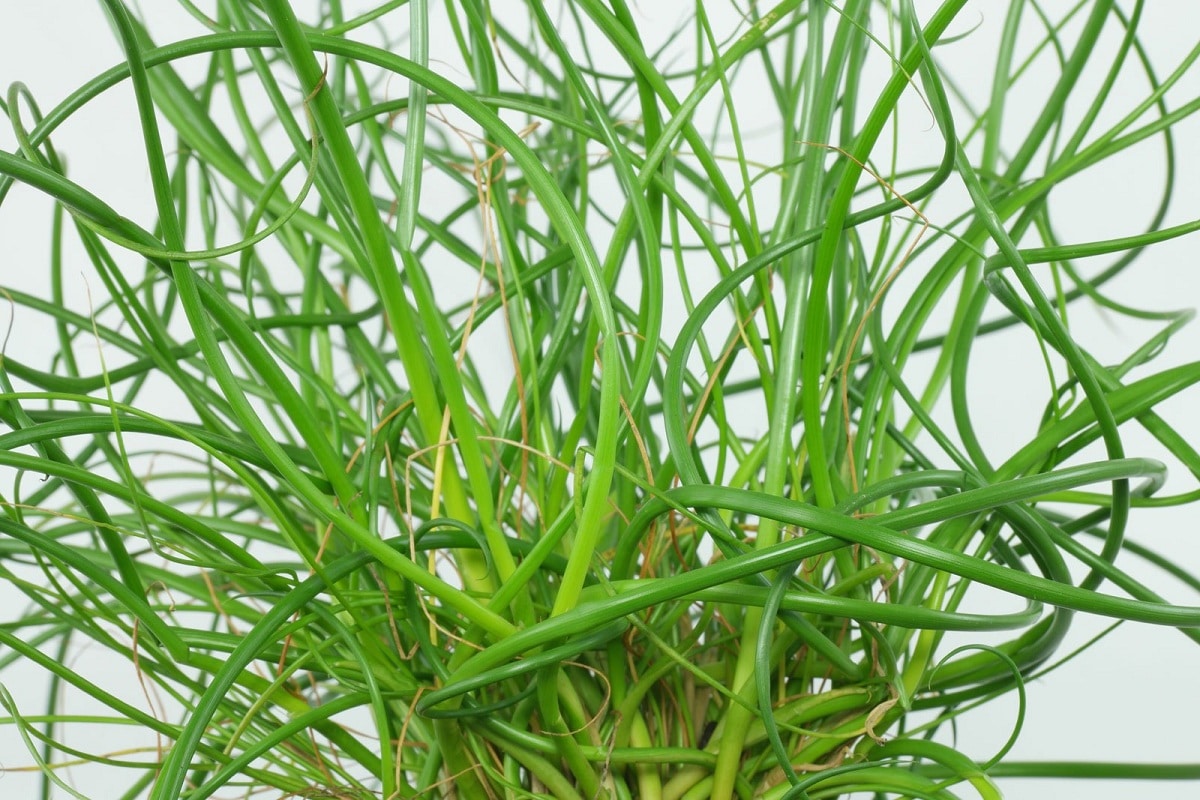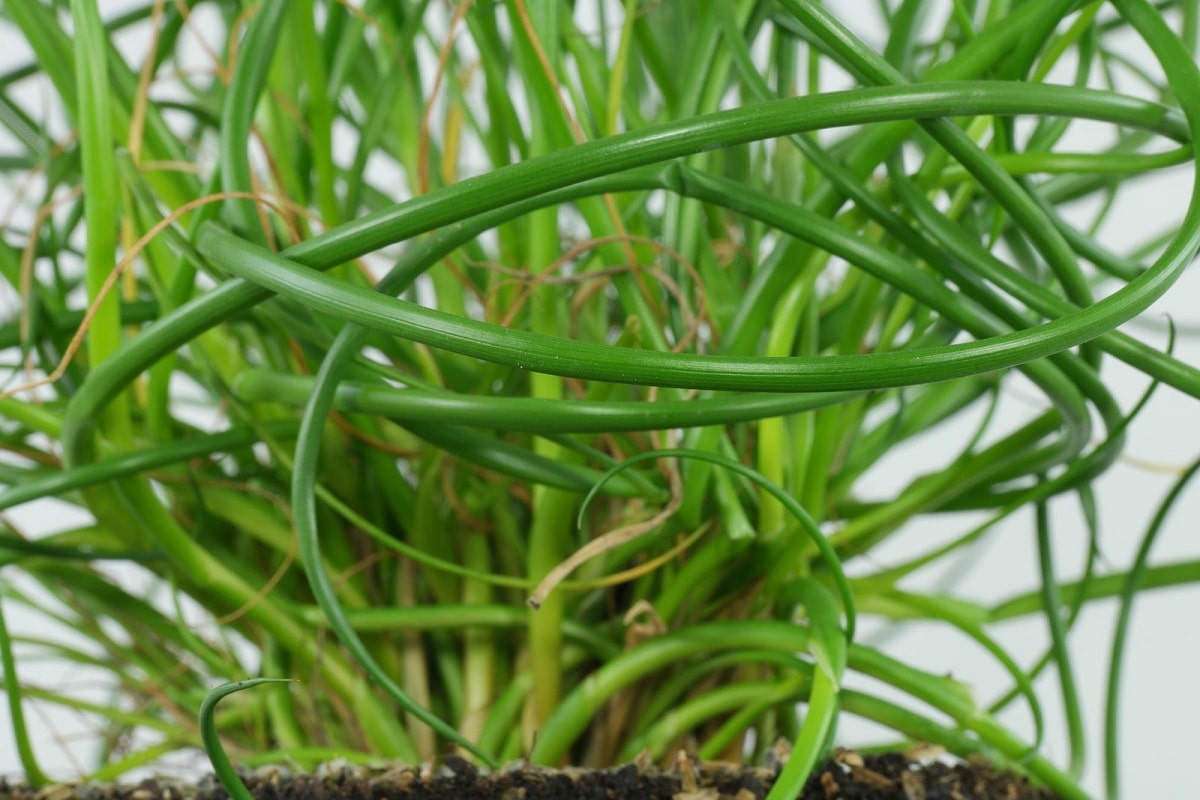
Juncus effususAlso called Junco, Junco fino, Junco esteras or Junqueras, it is a monocotyledonous herbaceous plant that is part of the family known as Juncaceae; which comes from Europe, Asia, North America, Oceania, Africa and Australia, and even from some areas of Great Britain and Ireland. It is widely used in gardening as an aquatic plant for the edges of ponds and the most humid areas. It can be planted both outdoors and in pots and indoors.
Therefore, we are going to dedicate this article to tell you all the characteristics, requirements, care, uses and reproduction of the reed.
Key features

Among the most outstanding characteristics of this herbaceous plant, and which should be mentioned, are that it is a perennial plant with a robust appearance of a clear green color, which has flexible, cylindrical, erect and smooth or slightly striated stems, which do not have leaves.
It is a rhizomatous aquatic plant. It develops shoots up to 90 cm in length. The stems are cylindrical that grow in a spiral, bright green in color. It has a continuous internal medulla and its basal sheaths are usually completely dull, of a reddish brown tone, and has hermaphrodite flowers.
It has the ability to grow in isolation or within huge, thick clusters, taking the form of vigorous rhizomes through which it spreads. The inflorescences that appear during the spring and summer are usually branched and open, having a pale brown or green color.
It grows on pond edges, on boggy substrates and can even be planted up to 10 cm deep. It is best to plant on the banks of the ponds so that their stems stand out and can regenerate the landscape. Although it is also used in modern flower arrangements.
Description
Growing in areas that are too cold, its stems may turn brown throughout the winter. In addition, it is usually very easy to implant.
Generally, the reeds grow to an approximate height of 5mt to be cultivated in fertile soils within a fresh ecosystem, being more than 500mt above sea level. It requires high humidity in order to reproduce, since around every 20 days, a pod fully suitable to be used as raw material sprouts from its stems.
It has trine stems (which have 3 three faces), erect and with rounded edges. Its flowers are of a reddish brown color, they are grouped in antela and grow around the ends of their stems and its fruit is known as achene, it has a flat and convex shape with rounded edges, it is dark in color and has three filaments. (mushrooms) inside.
Requirements of Juncus effusus Spiralis

The reed requires a large amount of water, a high contribution of sun and an adequate shelter during the frosty seasons. It is a plant that can survive the warmer stages well since it allows a large amount of water. This means that it does not suffer as much from the drought conditions typical of the summer time. Living in environments with a high degree of humidity and waterlogging, it is more likely to endure summers and be weaker in winter.
The reed prefers cool climates to grow properly. And despite withstanding the cold well, during strong frosts it is best that it has an adequate shelter. If the climate where it is planted tends to have frequent frosts during the coldest season, it is convenient to have it sheltered.
The Junco prefers the direct rays of the sun, making it a perfect plant not only for indoors, but also for outdoors. During the winter, as we have mentioned, the most convenient is usually protect it a little from direct sun, so that it is not affected by frost.
Reed care

Once we know what are the main requirements for the Juncus effusus can survive, now we are going to mention the care it needs to grow and develop in good conditions. Irrigation is an essential aspect, since It is necessary to take into account that the reeds are not watered, but they are given to drink; This is due to the fact that they are plants that require conditions of continuous humidity in the substrate. Contrary to what happens with many plants, this one in particular can get waterlogged and needs a lot of water. Being an aquatic plant, it tolerates puddles very well and its roots do not rot.
There is no need to worry about drowning it, since the more water it receives the better, and it is capable of perfectly supporting flooding; as are aquatic plants that normally grow around the banks of rivers.
It is essential that the plant never lacks water, and a very adequate way to achieve this is usually by placing a plate under the bowl and make sure it is always kept full of water.
Subscribing is optional, although a monthly low nitrogen fertilizer in spring and summer it will help to improve the appearance.
Uses and reproduction
It is a plant that are used for the manufacture of garden furniture and it has a way of treatment very similar to wicker. It must also be said that the furniture and varied objects that they build with the reed are more luxurious and more expensive, since it allows them to work in a more elegant way to give better results.
So this very messy and unusual plant can give it a unique touch both the garden and for the use of furniture and other varied objects.
As for reproduction, it can be divided with division of sable at the beginning of spring. During winter, it is convenient to protect the one from direct sun or that the rest of the seasons can bear it. Winter is the most difficult time for reed. This is the reason why This plant must be protected as much as possible against adverse environmental conditions. It is widely used to decorate ponds and can give a lot of play with some fish.
Thanks for the info ! very useful
Hi carlos.
Thank you very much for visiting us 🙂